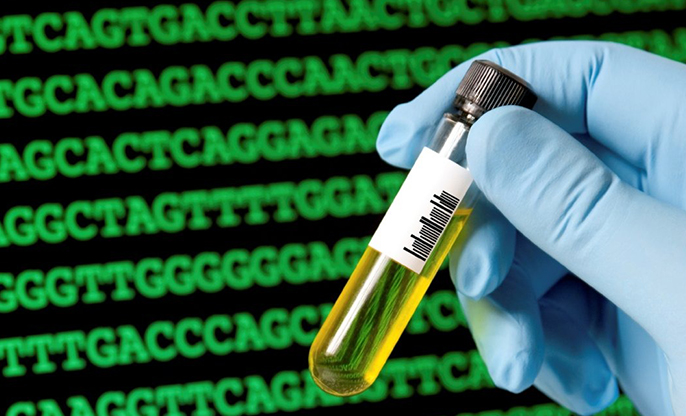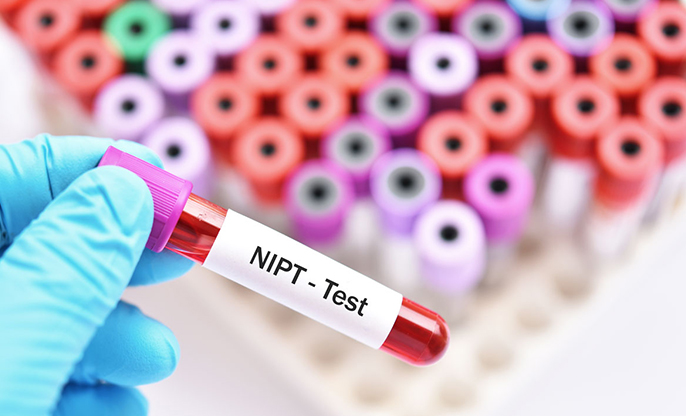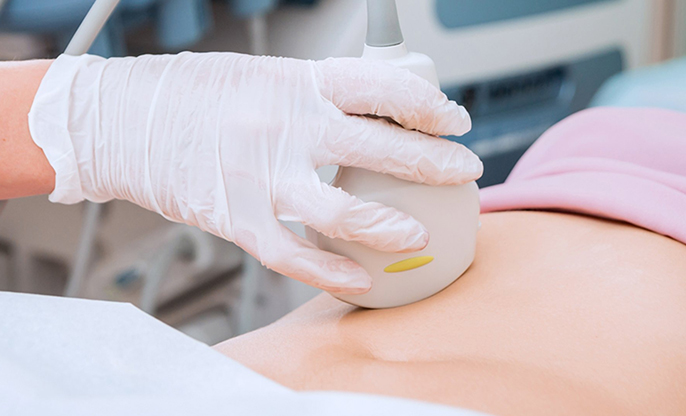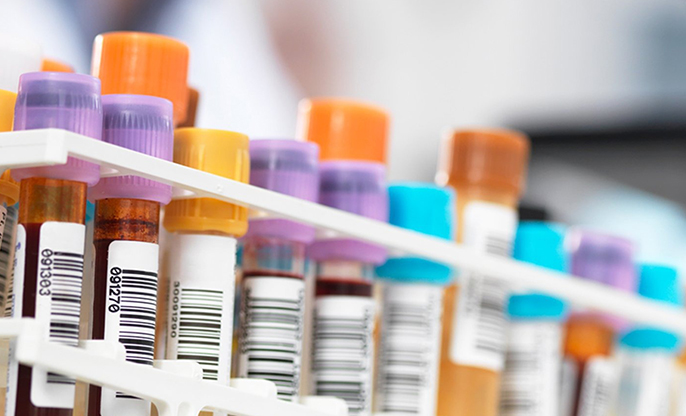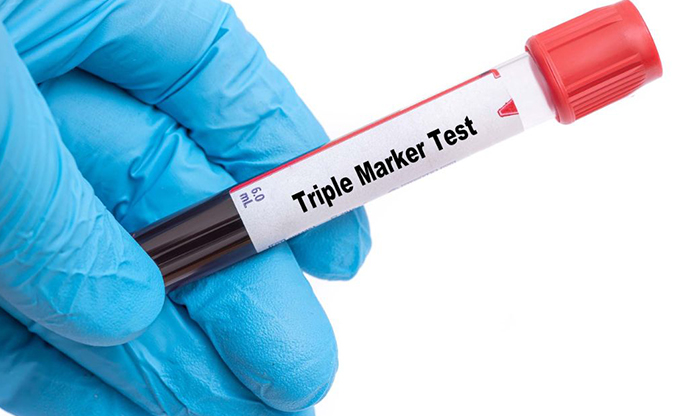
A
triple test is a screening tool to evaluate congenital disabilities in unborn
babies. This test is done on pregnant women to identify the risks of fetal
chromosomal abnormalities. If the test results are not within range, the
healthcare worker will advise further tests to check the baby for birth
defects.
The Triple Marker Test is done during pregnancy to provide your
doctor with more information about your growing unborn child. This prenatal
screening helps evaluate the chances of genetic defects in the developing baby
and assesses for potential neural tube abnormalities, Down syndrome, and
Trisomy 18.
How does the triple screening work? Blood is drawn from the
pregnant mother for the triple screen test, and the whole process takes about 5
to 10 minutes. The blood sample is subsequently delivered to the lab for
analysis, often taking a few days to get the results.
The healthcare worker recommends this test to most women but
especially to those women who:
- Are
Above 35 years of age
- Have
a family history of genetic abnormalities.
If you are pregnant, you should definitely plan a triple test
screening to assess the risk of chromosomal abnormalities. It is important to
understand what the triple test is, what it can tell you, and what it can't.
The test screens the mother's blood for three markers:
- alpha-fetoprotein
(AFP)
- total
human chorionic gonadotrophin (hCG) or βhCG
- unconjugated
oestriol (uE3)
The proteins and hormones are produced by the pregnant woman's
placenta and the baby. The test looks at the levels of these substances in your
blood and compares them to certain thresholds. If the levels are higher or
lower than expected, it could indicate a higher risk of certain chromosomal
abnormalities, such as Down syndrome.
It's important to understand that the triple test is used to
screen blood and is not a diagnostic test. It only evaluates the risk the
mother and child face. If the test results indicate a potentially high risk,
the doctor may advise additional tests, such as amniocentesis, to confirm the
diagnosis.
The triple test is usually done between the 15th and 20th weeks of
pregnancy. If you have doubts about the screening, then it is important to
contact the doctor or midwife about the test and ask more about it.
You must understand that the Triple test is not foolproof and can
give a false positive. The test may indicate an increased risk when there isn't
one. False negatives can also occur, meaning the test may indicate a lower risk
when there is an increased risk.
The fact is that as the pregnancy advances, the levels of the
three substances keep changing. Hence, before conducting the test, the doctor
needs to know the phase and stage of the pregnant woman. A triple screen test
is safe for the baby and helps identify chromosomal or genetic defects. If :
- AFP
low: Baby may have Down's syndrome
- AFP
high: chances of neural defects like spina bifida
- hCG
high: Chances of Down's syndrome
- unconjugated
oestriol (uE3) low: chances of Down’s syndrome
These are a few probabilities if the measurement
of the markers deviates from normal. The test, and the Quad test, helps give
good results, sometimes as high as 85 to 90%. It is extremely important to
undergo these preliminary tests so that the mother gets the support she needs
from her healthcare worker.

